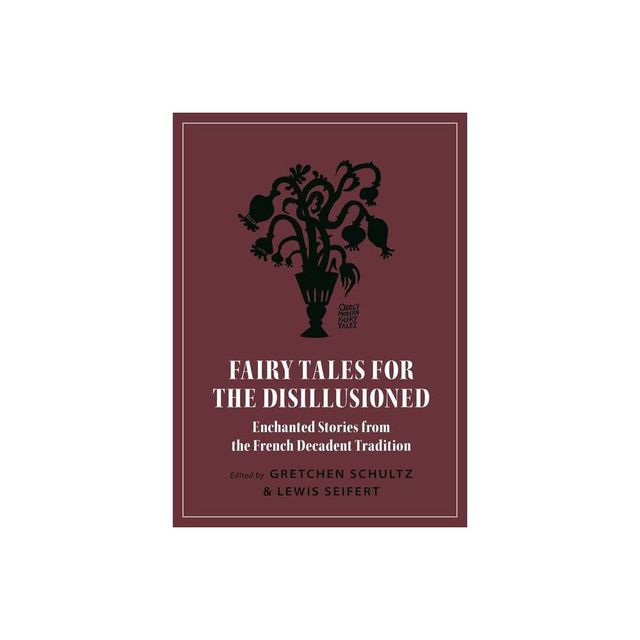Home
Gender and the Male Character in 21st Century Fairy Tale Narratives: From Enchanted Heroes to Modern Masculinities
Loading Inventory...
Barnes and Noble
Gender and the Male Character in 21st Century Fairy Tale Narratives: From Enchanted Heroes to Modern Masculinities
Current price: $110.00


Barnes and Noble
Gender and the Male Character in 21st Century Fairy Tale Narratives: From Enchanted Heroes to Modern Masculinities
Current price: $110.00
Loading Inventory...
Size: OS
*Product Information may vary - to confirm product availability, pricing, and additional information please contact Barnes and Noble
From the shady and complicated Rumpelstiltskin to the born-again hero of Captain Hook in Once Upon a Time, as well as films which magnify the male character such as The Huntsman: Winter’s War, Tangled, Frozen, and Tim Burton’s Alice in Wonderland, the male fairy tale character has received increased attention in fictional narratives over the past decade. For the first time,
Gender and the Male Character in 21st Century Fairy Tale Narratives
extends this attention into the realm of academic study.
Featuring differing perspectives and disciplines, including gender, queer, fan, and television and film studies, chapters take an interdisciplinary approach to analyse male characters through lenses such as race, disability, class, religion, and sexuality. Contributors unveil alternative conceptualisations of ‘traditional’ male fairy tale characters, weaving a rich story of the interaction between popular culture, gender representation, power, and society.
Putting Prince Charming in the academic spotlight, this collection examines the evolution of male fairy tale characters across modern series and films to bridge a gap that afflicts multiple disciplines.
Gender and the Male Character in 21st Century Fairy Tale Narratives
extends this attention into the realm of academic study.
Featuring differing perspectives and disciplines, including gender, queer, fan, and television and film studies, chapters take an interdisciplinary approach to analyse male characters through lenses such as race, disability, class, religion, and sexuality. Contributors unveil alternative conceptualisations of ‘traditional’ male fairy tale characters, weaving a rich story of the interaction between popular culture, gender representation, power, and society.
Putting Prince Charming in the academic spotlight, this collection examines the evolution of male fairy tale characters across modern series and films to bridge a gap that afflicts multiple disciplines.


















